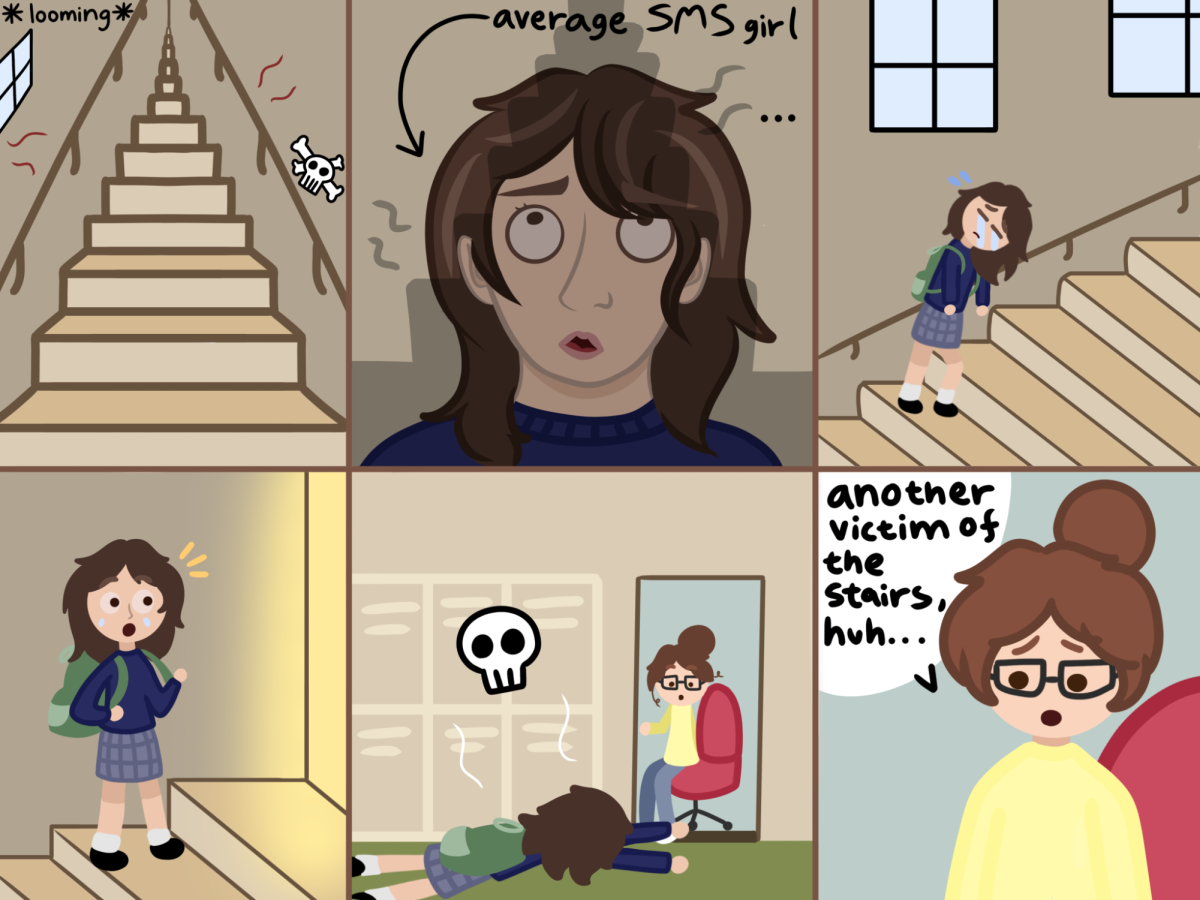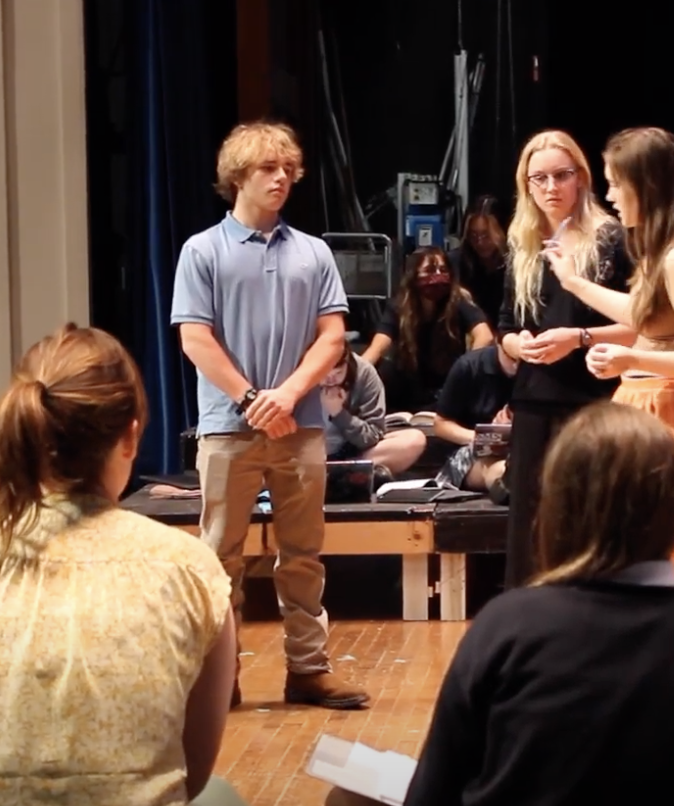Twenty years ago, St. Mary’s dramatically changed how we operate.
The 2005-06 school year was the first to see a schedule familiar to the one we live every day. Before that, St. Mary’s students’ days featured long chapel periods, fixed classes, no school-wide frees and an 8:15 a.m. start time.
In this system, rotating schedules didn’t exist. If a student had math first period, she had math first period for the entire school year. If she frequently had to leave school early for sports, she would always miss her last-period class. Students also had every class every single day, so they had to prepare for all of their classes every single night.
The worst part? ALAPPs and O periods were just some random letters with no meaning. There was no universal built-in free time for students during the day. The spare time that did exist for publications and clubs was after school on Wednesdays (interestingly, students got out of school at 2:15 p.m. back then).
Daily chapel was also longer and more involved than our current tradition.
Unsurprisingly, this did not work for students. Lee Avant, the former St. Mary’s registrar, remembers how the schedule before 2005 worked against them.
“Student stress was a huge issue,” she wrote. “Parents frequently complained that their daughters got little to no sleep.”
So, the school adjusted and adopted a new rotating schedule, one that solved many of these issues.
“A committee was formed and, with the aid of a consultant, we came up with [a new] schedule,” Avant wrote.
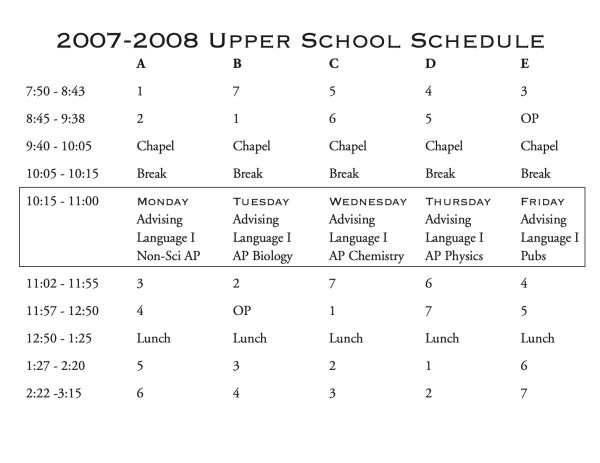
This shift is when ALAPP – which stands for advising, language, APs and publications – was introduced to dedicate time to those activities. They also created the biweekly O period, during which no classes are scheduled Overall, this schedule was a huge step in the right direction.
But there was a downside: students had to be in class by 7:50 a.m. instead of 8:15 a.m. This change is one that many students complain about to this day.
Over the years, slightly different versions have existed to meet the needs of the community at that time, but the basics remained the same: 7:50 a.m. start, ALAPPs and O periods.

Even during the COVID-19 pandemic, the changes made to keep students safe didn’t radically change those core elements.

Today, we live a schedule that closely mirrors the previous ones.
Each time the schedule was tweaked, it was in response to a community need.
But now, our community needs a bigger change.
This time it’s not just a small adjustment that changes the number of fixed periods or when O period is. Instead, we need a restructuring similar to the level of the 2005 scheduling shift, and the priority should be a later start time.
This time, the time needs time.
And here’s why. We know more now than we did then.
Since 2005, researchers have conducted multiple studies that take another look at student sleep and health. In 2009, the National Institute of Health found that teenagers naturally tend to fall sleep later and wake up later because of their internal clocks. In 2017, they also determined that the ideal wake-up time for high school students is 8:00 a.m. In 2021, the CDC found an association between insufficient sleep and mental health.
Since 2014, the American Academy of Pediatrics’s official recommendation has been that “high schools should aim for a starting time of no earlier than 8:30 a.m.”
Today, start times are being discussed on a national level. Currently, 13 states have legislation pending to take a look at their schools’ start times and 10 states have passed laws that address student health and sleep.
St. Mary’s is in the minority when it comes to start times locally. Compared to our peer schools, we have the earliest start. Memphis University School starts at 8:20 a.m., Hutchison School, St. Agnes Academy and St. George’s Independent School all start at 8:30 a.m. and Lausanne Collegiate School starts even later at 8:50 a.m.
It’s no surprise that our students are tired. Only 4% of students who responded to a survey Tatler conducted get the recommended amount of sleep, and 75% said they “only sometimes” or “rarely” feel rested at school.
A later start time should be part of the solution. Ninety-five percent of upper school students said that their ideal start time would be later than our current start.
Science says start later. Students say start later. To their credit, administrators are listening.
Albert Throckmorton, St. Mary’s head of school, has said he has a lot of questions about how to make a later start time work, including logistics relating to parent schedules, chapel, lunch, athletics and free periods. Administrators are starting to talk, and that’s good. But it’s not enough. The whole community needs to keep the conversation going to make real change. It is easy to continue to live with the current, outdated schedule and complain about being tired, but we should want more.
Each member of the St. Mary’s community, including students, faculty, staff, parents and administrators, need to keep talking about the benefits, obstacles, examples, solutions, history and science of school start times.
Let’s exhaust the subject.




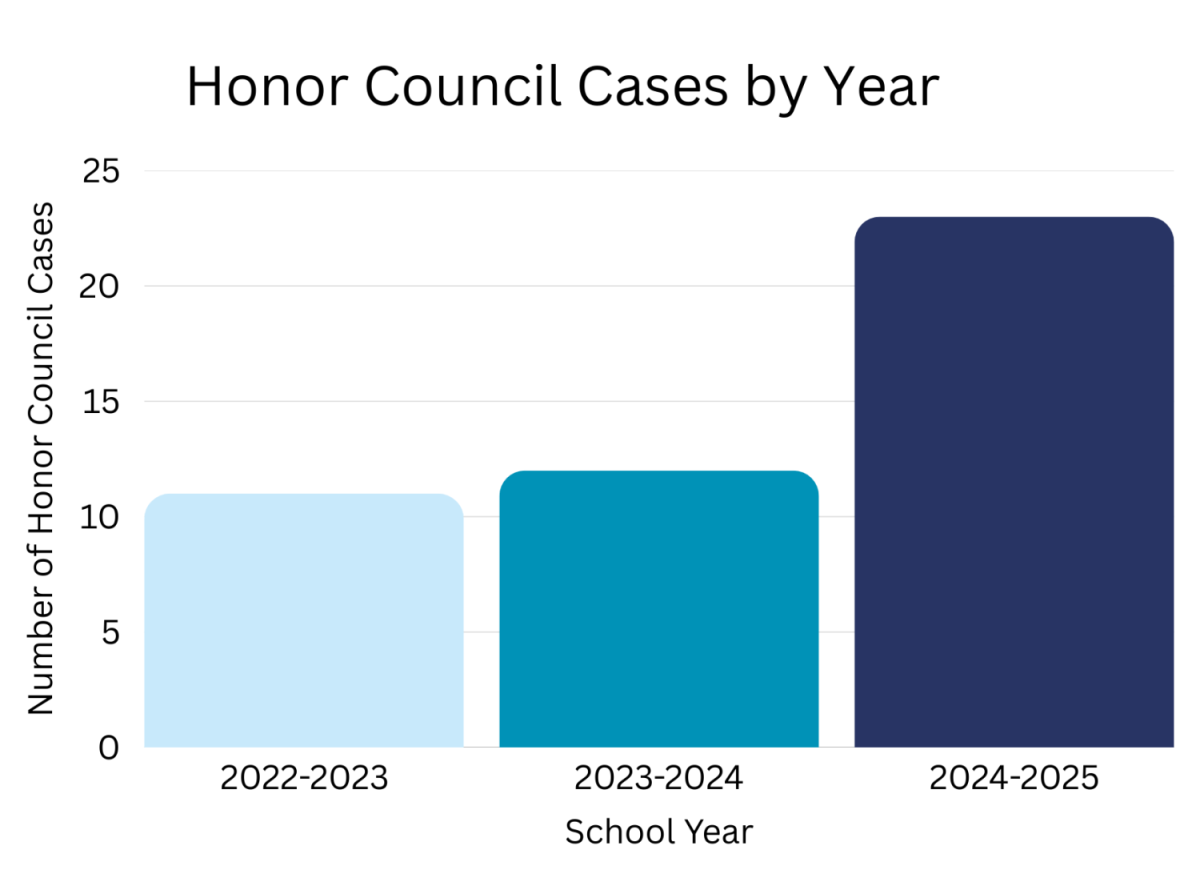




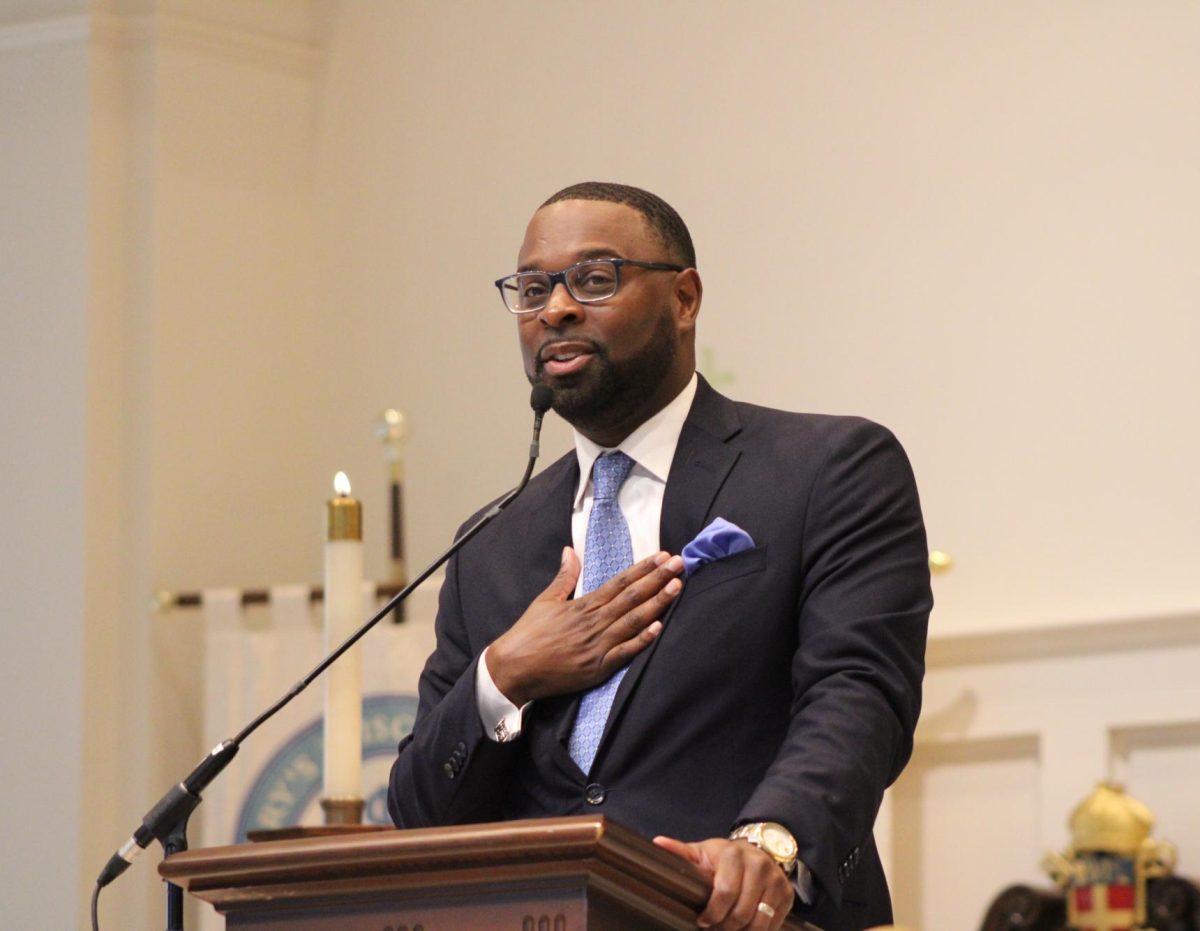






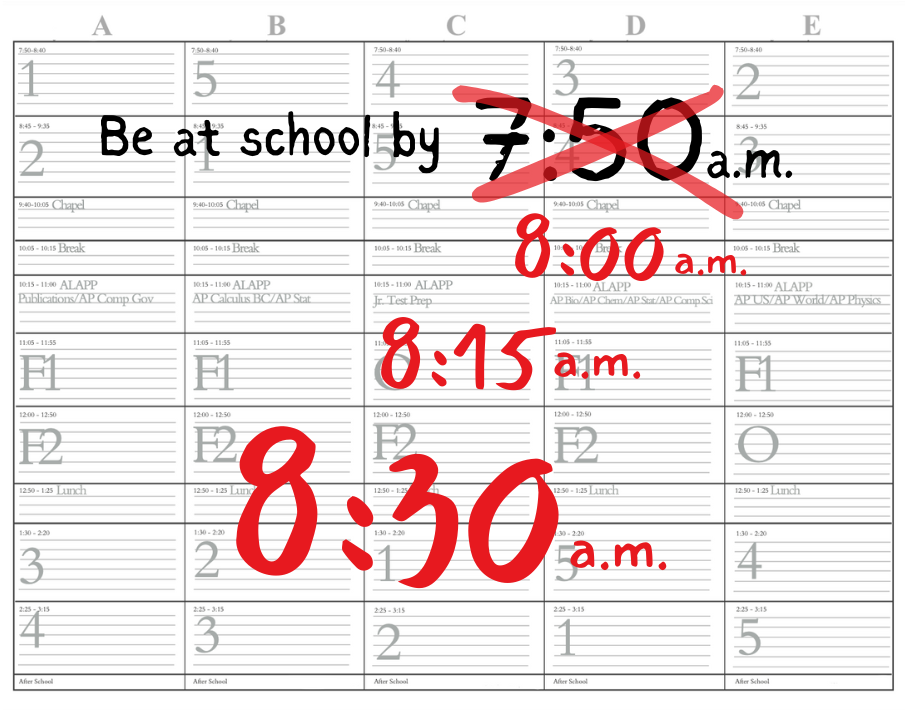






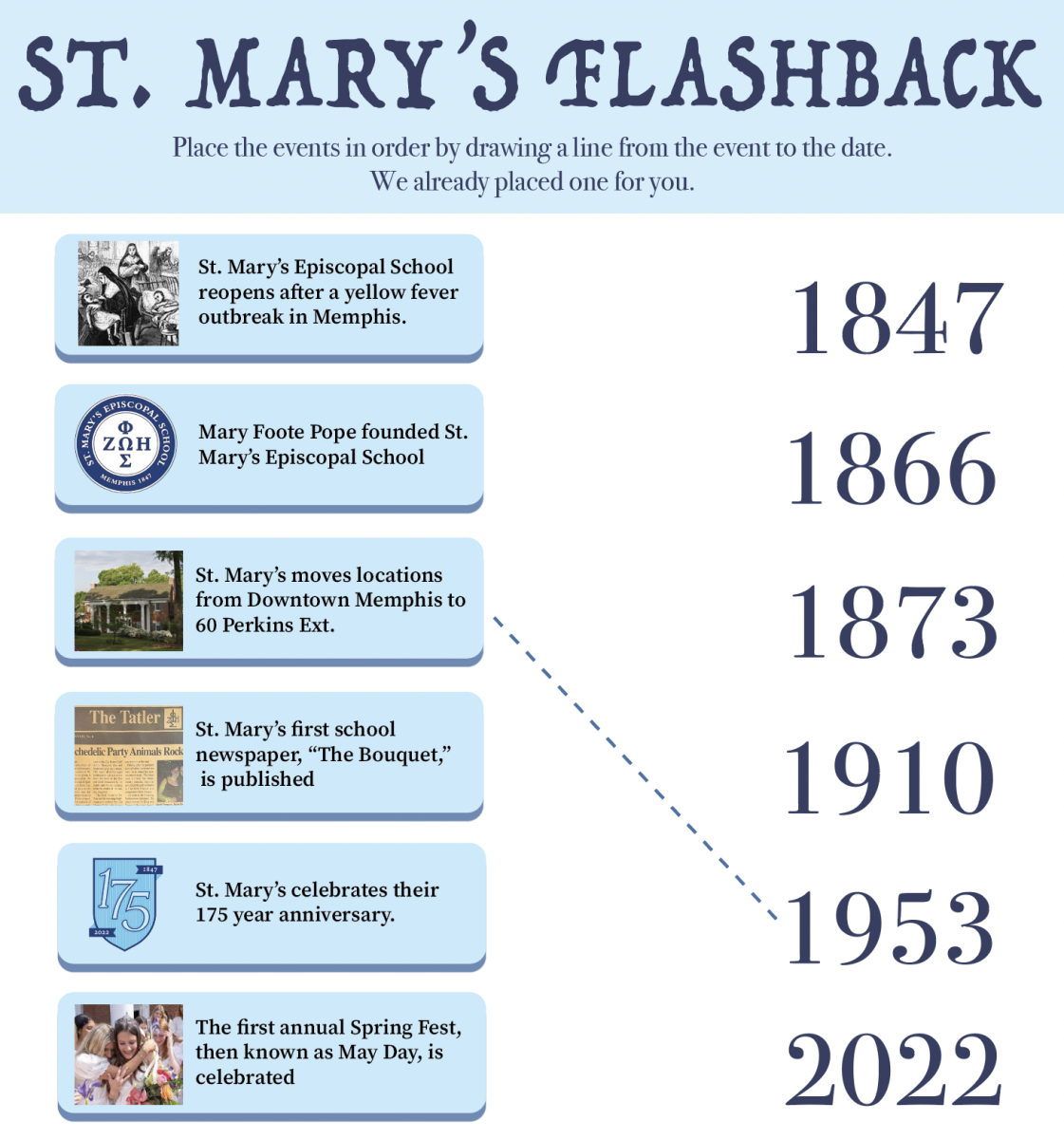

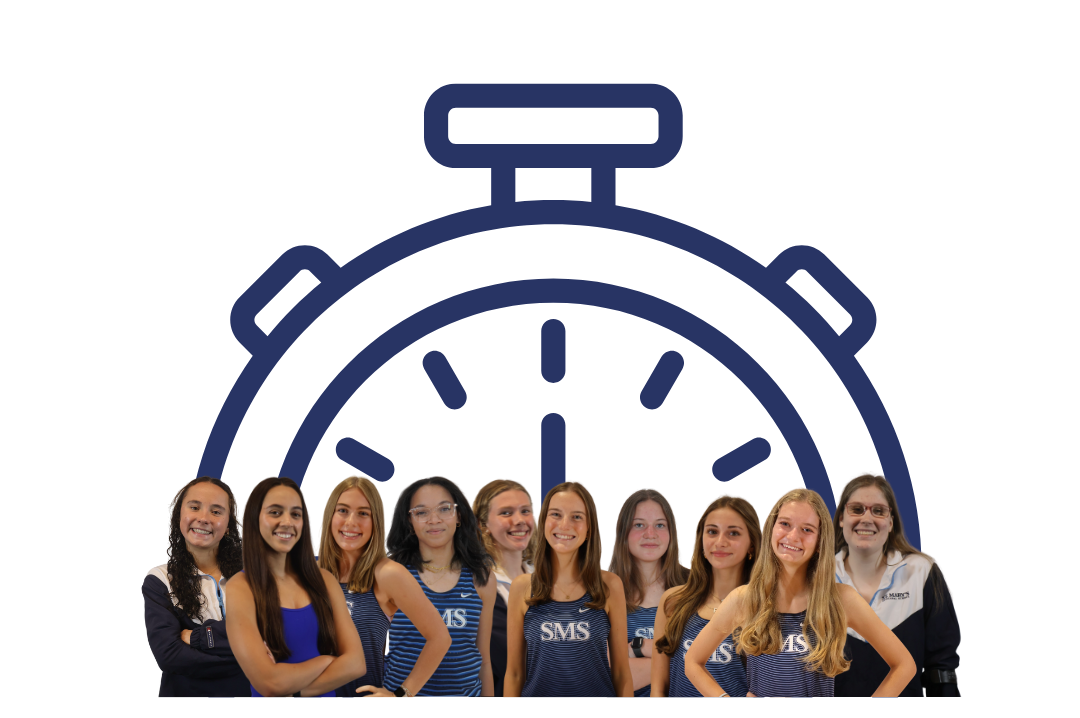


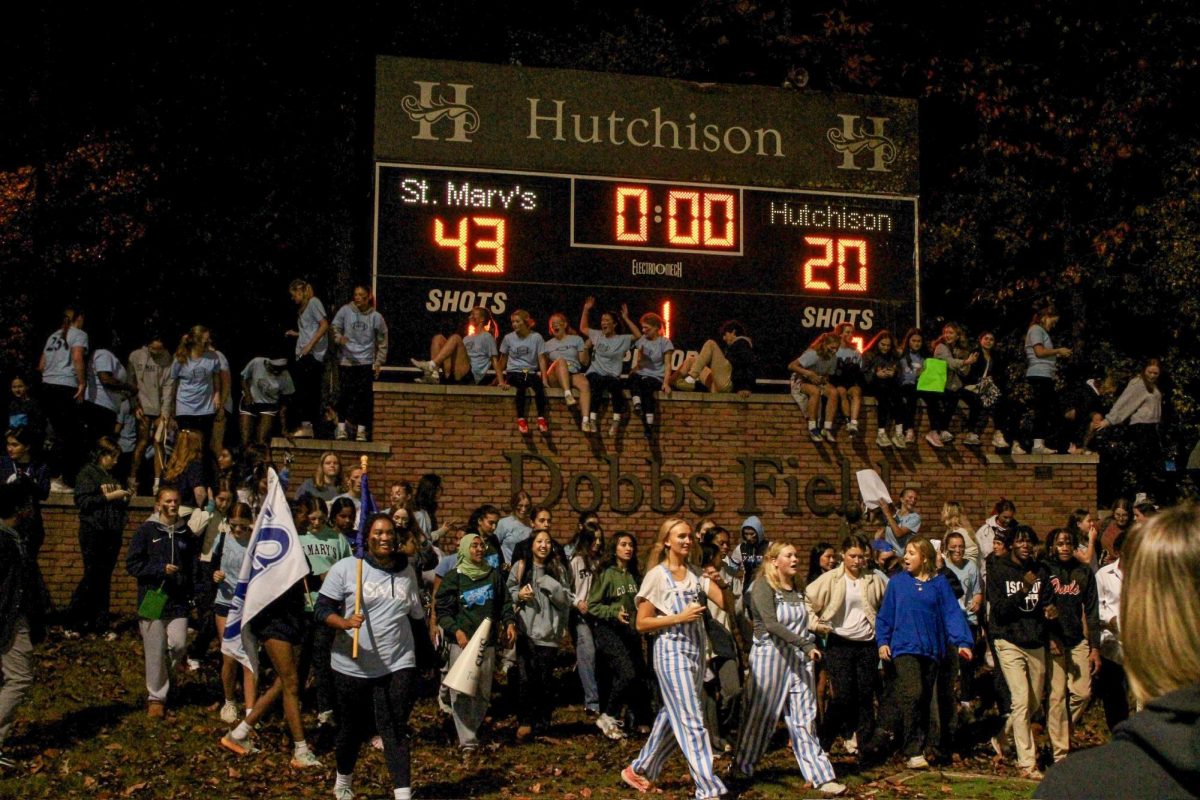
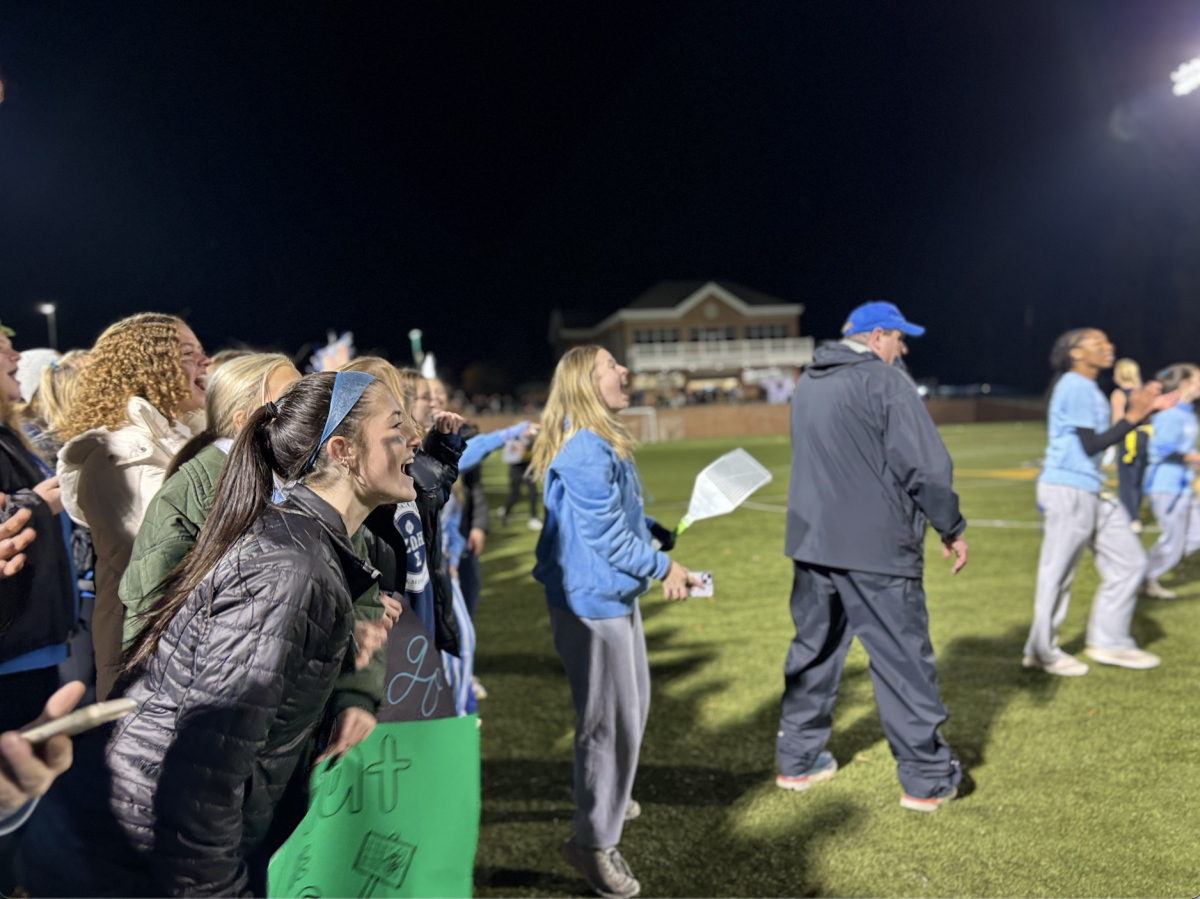
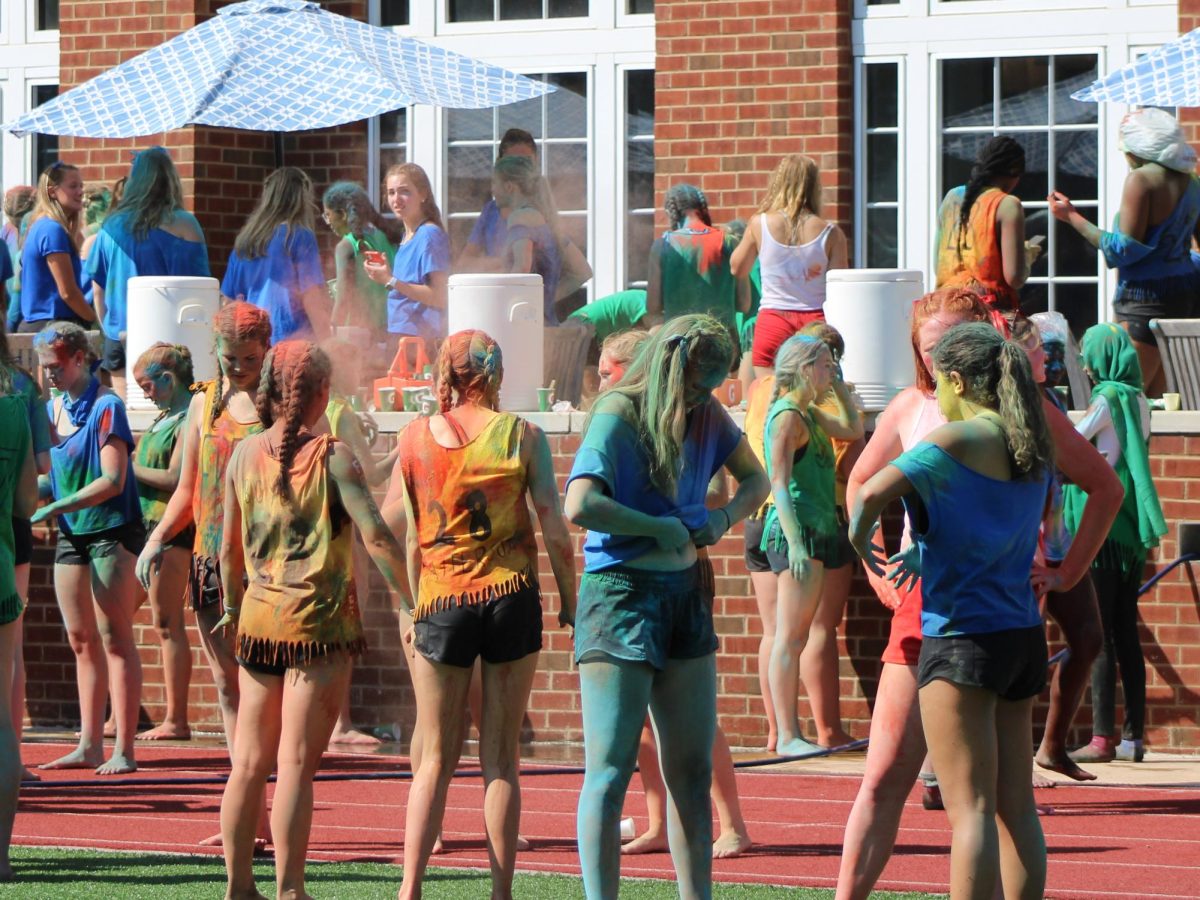
![[GALLERY] Walking in (Downtown) Memphis](https://stmarystatler.org/wp-content/uploads/2024/04/E1DAD3FE-E2CE-486F-8D1D-33D687B1613F_1_105_c.jpeg)
